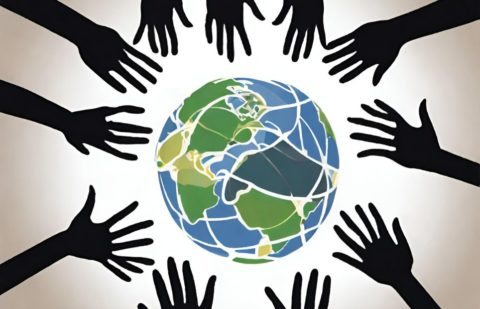Many scholars and researchers agree that the Spanish language’s future in the United States looks promising, though it seems highly unlikely that Spanish will unseat English as the nation’s dominant language. There are those, however, who argue that Spanish faces the possibility of diminishing influence in the United States over time, the result of a language shift seen previously in other immigrant groups.
A study commissioned by Hispanic USA, a market resource firm targeted at Latinos, estimates that by the year 2025, the tally of Spanish-speaking Latinos in the U.S. will climb to some 40 million. The study challenges the notion that the use of Spanish will decline as future generations of Latinos are born and raised in this country in the coming years. The authors of the Hispanic USA study claim that, unlike other immigrant groups, those born in the U.S. to Latino parents will continue to speak Spanish in exceptionally large numbers.
In separate but related analysis, Linguist Steve Schaufele notes: “Given the current health of the U.S. Hispanic community and the level of its emotional investment in its distinctive culture, I would say that American Spanish as one of the principal vehicles of that culture has an excellent chance of surviving indefinitely.”
In addition, the pool of new Spanish-speaking immigrants favors the continued importance of the language in the United States. Over half of the legal immigrants who arrive annually hail from Spanish-speaking countries, and the percentage is even higher for undocumented immigrants.
With the emergence of the Internet as a tool for international communication, the increasing growth and importance of the global economy, and the sheer number of Spanish speakers worldwide, there are more chances to use the language in the United States and greater economic incentives to retain and promote the use of Spanish.
However, some are not as optimistic about the future of the Spanish language in the U.S. They point to conflicting studies that reveal a failure on the part of second- and third-generation Hispanics to preserve the language, a trend which is gradually diminishing the pool of Spanish speakers. Additionally, recent studies by sociologists indicate a rapid shift to English among the children of immigrants.
Only time will tell the fate of the Spanish language in the United States, but it appears that, by most accounts, Spanish is here to stay.






